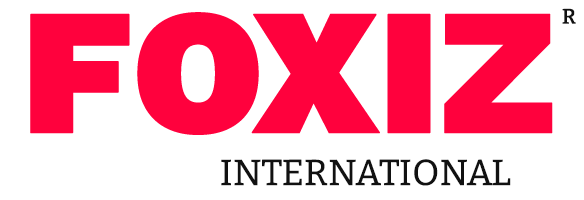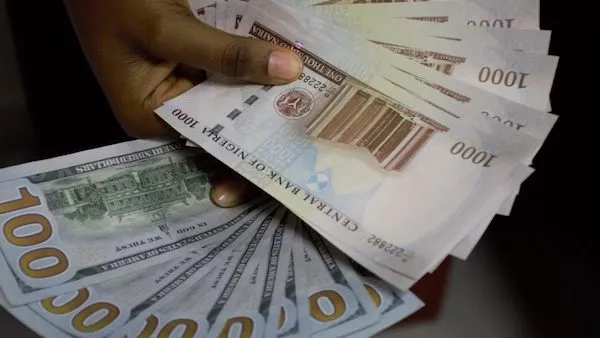The Naira continued to trade with a significant gap between Nigeria’s official and parallel foreign exchange markets on Sunday, October 19.
On the official Nigerian Foreign Exchange Market (NFEM), the currency traded in the mid-₦1,400s to the dollar, while parallel/black-market dealers quoted the dollar in the range of ₦1,485 to ₦1,500.
This persistent difference between the official NFEM fixing and the street rate continues to pressure importers, small businesses, and travellers.
The official NFEM fixing has stabilised in the mid-₦1,400s following a period of volatility earlier this month. Conversely, the parallel market remains markedly weaker. This is primarily a reflection of lingering dollar scarcity for certain transactions and the continued premium paid for immediacy outside of authorised windows. A combination of global and domestic factors, coupled with intermittent central bank intervention, is contributing to the wide trading range.
The two rates diverge due to a supply mismatch and market segmentation. Banks and authorised FX windows source dollars differently from street dealers, and limited supplies in some official channels often push buyers to the parallel market. Furthermore, the NFEM uses a volume-weighted average fixing for institutional use, while the black market instantly responds to cash demand and sentiment, leading to a persistent spread.
The wide spread affects consumers and businesses. Importers face higher landed costs when they must source dollars quickly on the parallel market, and these higher foreign exchange costs may be passed on, potentially pressuring the prices of imported goods for consumers.
Remittance recipients and travellers are advised to compare official bank rates and cash street quotes, as official windows can be cheaper, but access and timing are critical considerations.


